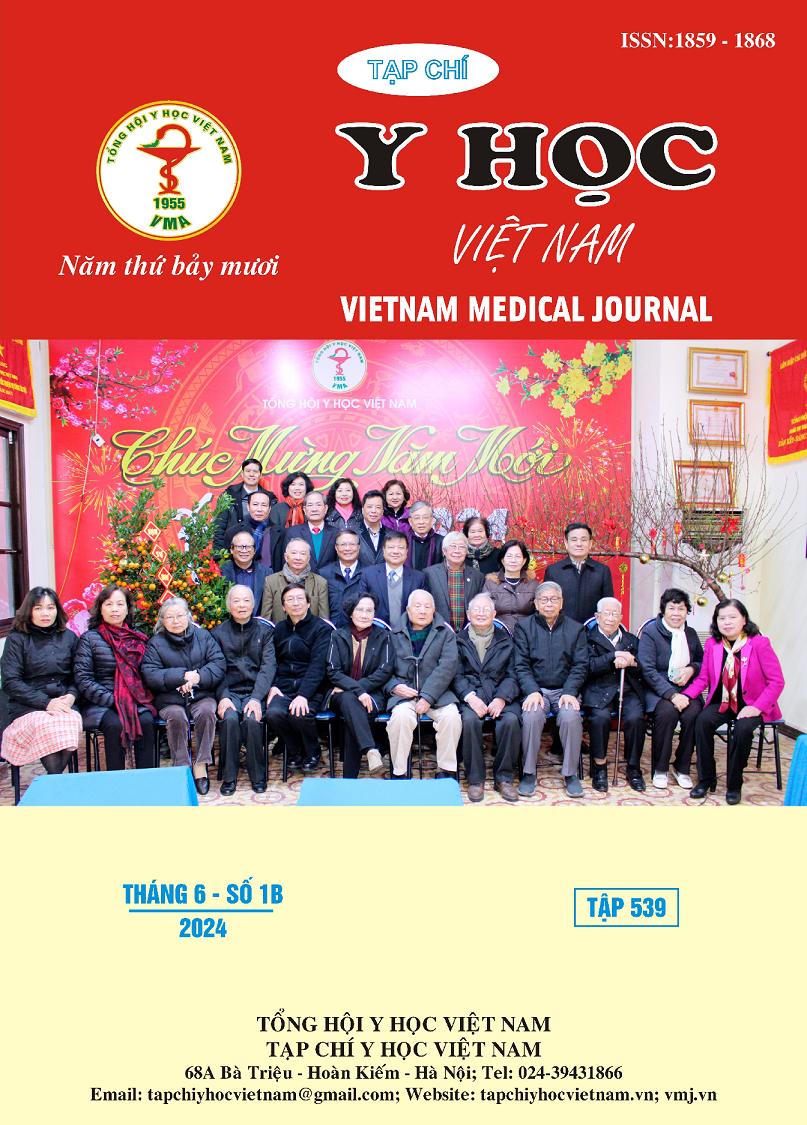PREDICTING URINARY STONE COMPOSITION VIA ARTIFICIAL INTELLIGENCE ALGORITHMS: THE PROOF OF CONCEPT
Main Article Content
Abstract
Background: Composition of urinary stone should be determined since it possesses meaningful clinical information. Post-operatively predicting the composition by digital images with artificial intelligence is of enormous potential. Previous attempts labeled images based on the analysis results of the stones entirely, which may be less accurate. In the current study, we aimed at presenting preliminary results of predicting composition of individual stone fragments. Subjects and methods: Stone fragments were collected post-operatively. Prior to analyzing composition by a gold standard method (Fourier transform infrared spectroscopy), the stones were digitally imaging captured by commercially available devices. The set of images was categorized into Calcium oxalate and the other composition groups, and randomly divided into three data subsets, namely, training, validation, and testing. A transfer learning model based on the ResNet-18 algorithm was developed and trained on the training subset. The model was optimized on the validation subset, and finally was evaluated on the unseen testing subset. Results: On the testing subset, the final model achieved accuracy, sensitivity, specificity, and the area under the receiver operating characteristic curve of 71.4%, 81.5%, 51.9%, and 0.715, respectively. Conclusion: Promising preliminary results of the final model showed the potential of our approach. Better optimized models might serve as an assisting tool in clinical practice.
Article Details
Keywords
Artificial intelligence; Composition; Digital image; Urinary stone.
References
2. Abufaraj M, Xu T, Cao C, et al. Prevalence and Trends in Kidney Stone Among Adults in the USA: Analyses of National Health and Nutrition Examination Survey 2007–2018 Data. Eur Urol Focus. 2021;7(6): 1468-1475. doi:10.1016/ j.euf. 2020.08.011
3. C. Türk AN, A. Petrik, C. Seitz, A. Neisius, A. Skolarikos. EAU Guidelines on Urolithiasis. In: EAU Guidelines. Edn. presented at the EAU Annual Congress Amsterdam 2022; 2022.
4. Black KM, Law H, Aldoukhi A, Deng J, Ghani KR. Deep learning computer vision algorithm for detecting kidney stone composition: CNNs to predict kidney stone composition. BJU Int. 2020;125(6):920-924. doi:10.1111/bju.15035
5. Serrat J, Lumbreras F, Blanco F, Valiente M, López-Mesas M. myStone: A system for automatic kidney stone classification. Expert Syst Appl. 2017;89:41-51. doi:10.1016/ j.eswa.2017. 07.024
6. Laube N, Klein F, Fisang C. The surgeon’s role on chemical investigations of the composition of urinary stones. Urolithiasis. 2020;48(5):435-441. doi:10.1007/s00240-020-01195-6
7. Ivanovski O, Drüeke TB. A new era in the treatment of calcium oxalate stones? Kidney Int. 2013;83(6):998-1000. doi:10.1038/ki.2013.41


